13 Ridiculous School Lessons We All Learned in the ’70s
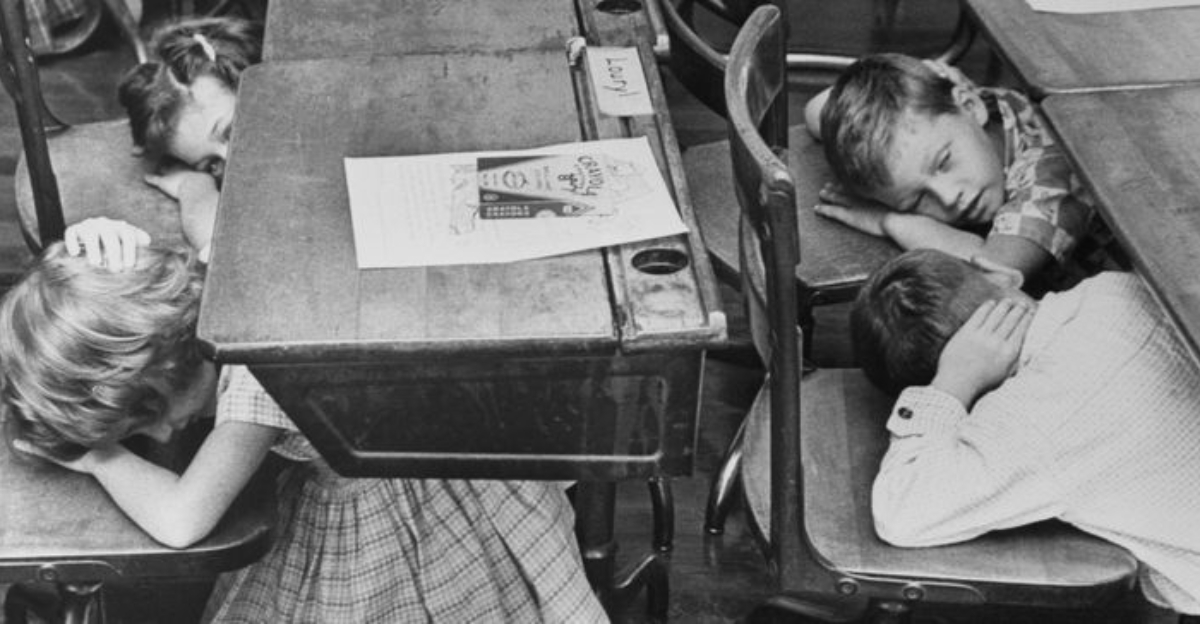
The 1970s were a time of experimentation and change, not just in fashion and music but also in education. Schools during this decade introduced some truly quirky and sometimes baffling lessons that would leave today’s students perplexed.
From strange survival skills to questionable health tips, these lessons reflect the unique cultural and social contexts of the era. Here, we take a nostalgic trip down memory lane to revisit 13 school lessons that may have had good intentions but were undoubtedly ridiculous.
1. Metric System Switch

In an ambitious move, schools attempted to transition students to the metric system. Posters and charts plastered classroom walls, displaying meters and liters.
Although the idea was forward-thinking, the execution fell flat as the US stuck with customary units. Students were left puzzled by kilometers and grams, concepts that rarely left the classroom.
The lesson remains a peculiar footnote in history, highlighting the era’s half-hearted attempt at change that never quite took off.
2. Duck and Cover Drills
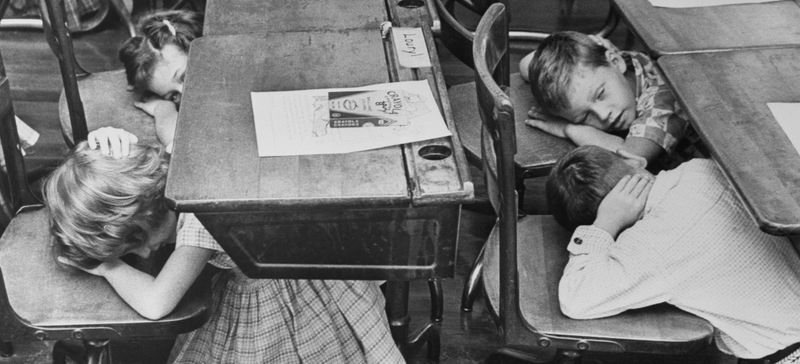
In the era of Cold War tensions, schools regularly conducted ‘Duck and Cover’ drills. Students were taught to hide under desks in the event of a nuclear attack.
While the idea was to instill a sense of safety, the practicality of these drills was questionable. After all, a wooden desk provides little protection against a nuclear blast.
Nonetheless, these drills were a staple in the curriculum, reflecting the pervasive fear of the time and leaving students with vivid memories of their school days.
3. New Math Puzzles
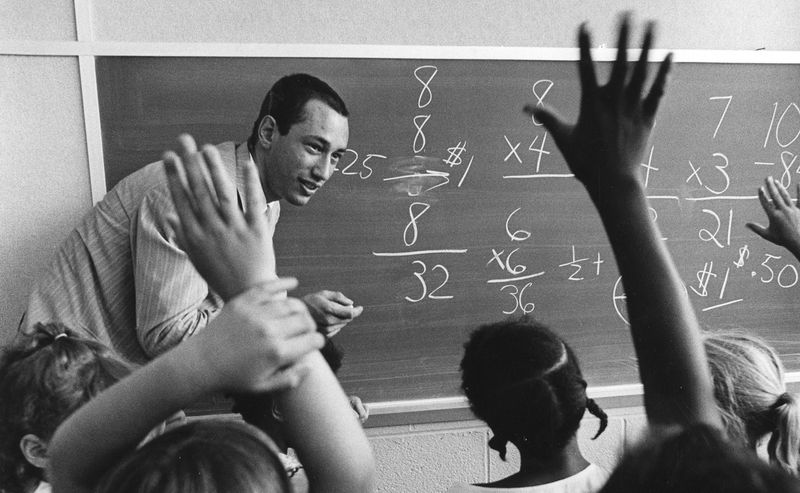
The ‘New Math’ curriculum aimed to revolutionize math education by focusing on abstract concepts like set theory. It introduced puzzles that left students bewildered.
Envision a classroom of puzzled faces trying to make sense of Venn diagrams and complex equations. While intended to enhance critical thinking, it often led to confusion.
Parents, too, were perplexed, finding themselves learning alongside their children. Despite its noble goal, ‘New Math’ was an experiment that met with mixed results.
4. Cursive Writing Mastery
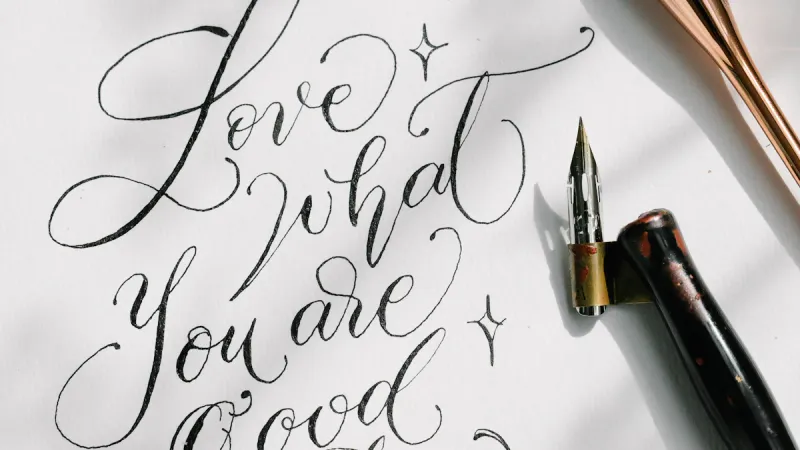
The 1970s saw a strong emphasis on learning cursive writing, believed to improve fine motor skills and cognitive development.
Students painstakingly practiced loops and swirls, often receiving grades based on the elegance of their script. However, the relevance of such skills dwindled with the advent of digital communication.
Today, cursive writing is more of an art form, and this once-essential lesson serves as a reminder of the changing needs in education.
5. Environmental Survival Skills

Schools in the ’70s sometimes taught survival skills, preparing students for the great outdoors. Lessons included building shelters and identifying edible plants.
While these skills were useful for a camping trip, their practicality in everyday life was debatable. The idea was to foster self-reliance, though it seemed more fitting for a scout meeting.
These lessons, while entertaining, often left students questioning their real-world applications.
6. Gender-Specific Classes
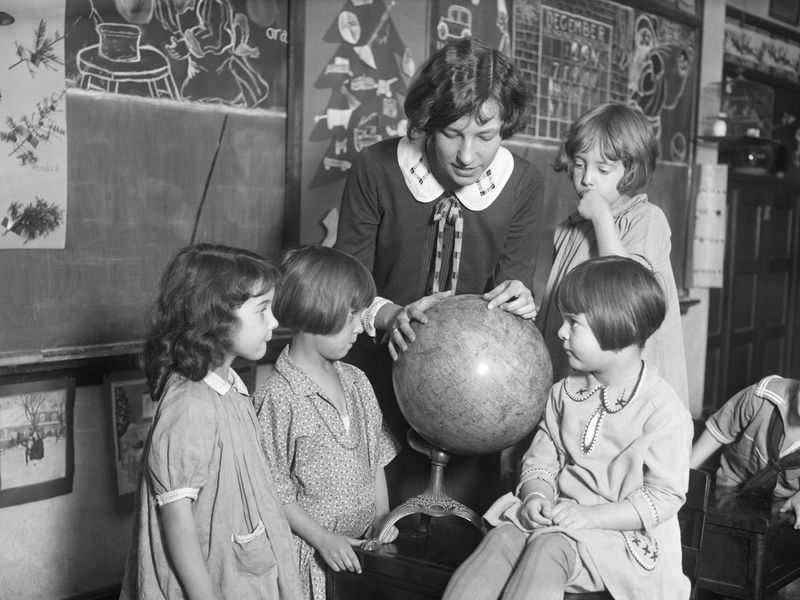
During this decade, gender-specific classes were common, with girls and boys learning skills deemed appropriate for their gender.
Girls were taught sewing and cooking, while boys ventured into woodworking and metal shop. This segregation reinforced traditional gender roles, limiting students’ exposure to a broader skill set.
As societal norms evolved, these classes were gradually phased out, but they remain a relic of a bygone era.
7. Typing on Typewriters
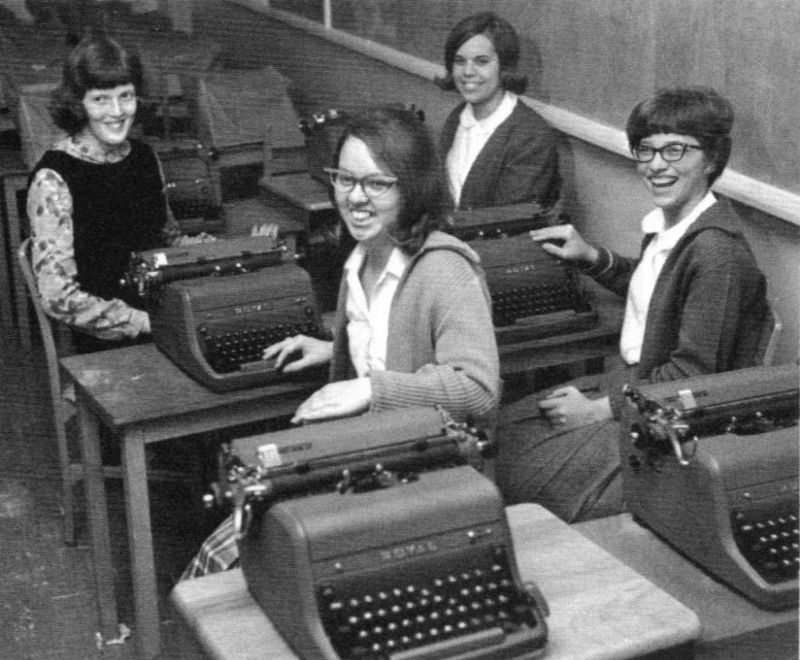
Typing classes were all the rage, as students learned to master the typewriter’s clunky keys. Teachers emphasized accuracy over speed.
The rhythmic clacking of typewriter keys became a familiar sound in schools. Little did they know, the technology landscape would soon change dramatically.
While the skills honed in these classes transitioned to computers, the typewriter itself became an antiquated symbol of the past.
8. Hygiene and Grooming Lessons
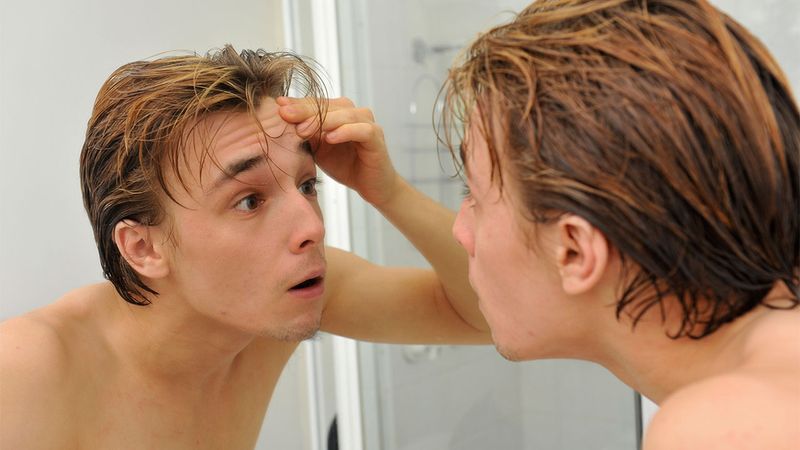
Health classes in the ’70s emphasized personal hygiene and grooming as part of the curriculum.
Students learned about the importance of daily cleanliness routines, complete with demonstrations on proper dental care and hair grooming. Though well-intentioned, the lessons often bordered on invasive.
The focus on appearance and hygiene reflected cultural values of the time, offering a glimpse into societal expectations.
9. Overhead Projector Magic
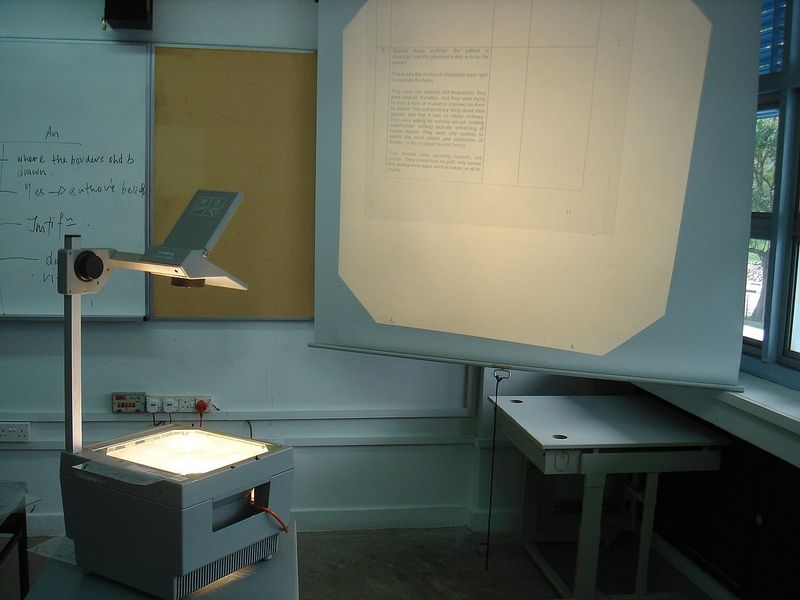
The overhead projector was a technological marvel in the ’70s classroom. Teachers used it to project lessons, transforming transparency sheets into educational magic.
Students watched in awe as their teachers manipulated overhead pens and sheets, a precursor to modern digital presentations.
While the technology is now obsolete, the nostalgia it evokes remains strong, a testament to the era’s innovation.
10. Field Trip to the Moon
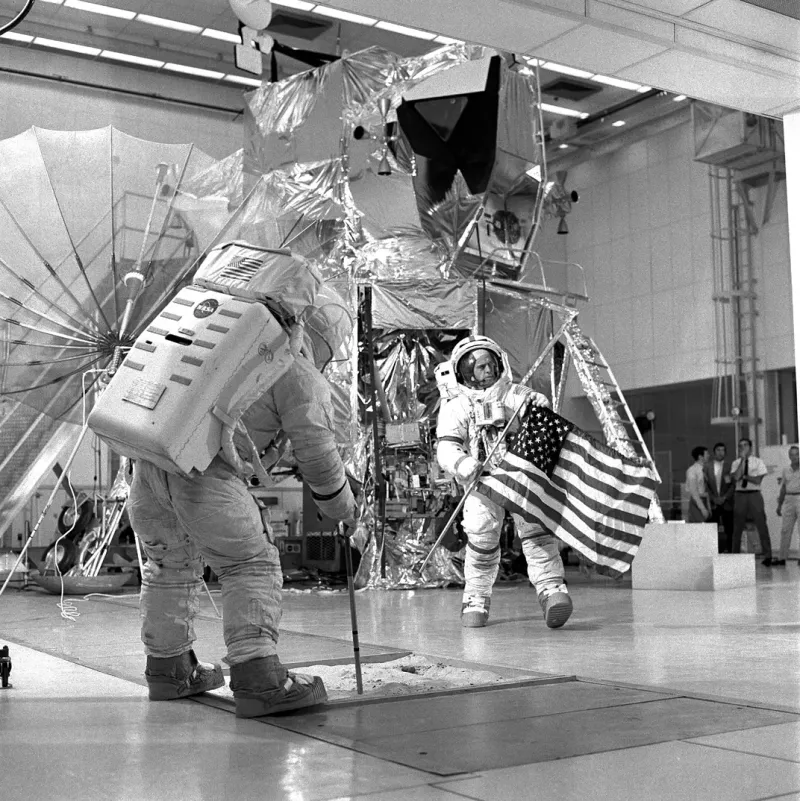
Inspired by the moon landing, some schools encouraged students to imagine field trips to the moon. Classrooms buzzed with discussions about space travel.
While clearly fantastical, these lessons sparked creativity and wonder in young minds, fostering an interest in science and exploration.
Though not practical, the idea of lunar adventures ignited imaginations and left an indelible mark on students’ memories.
11. Recess Games and Safety
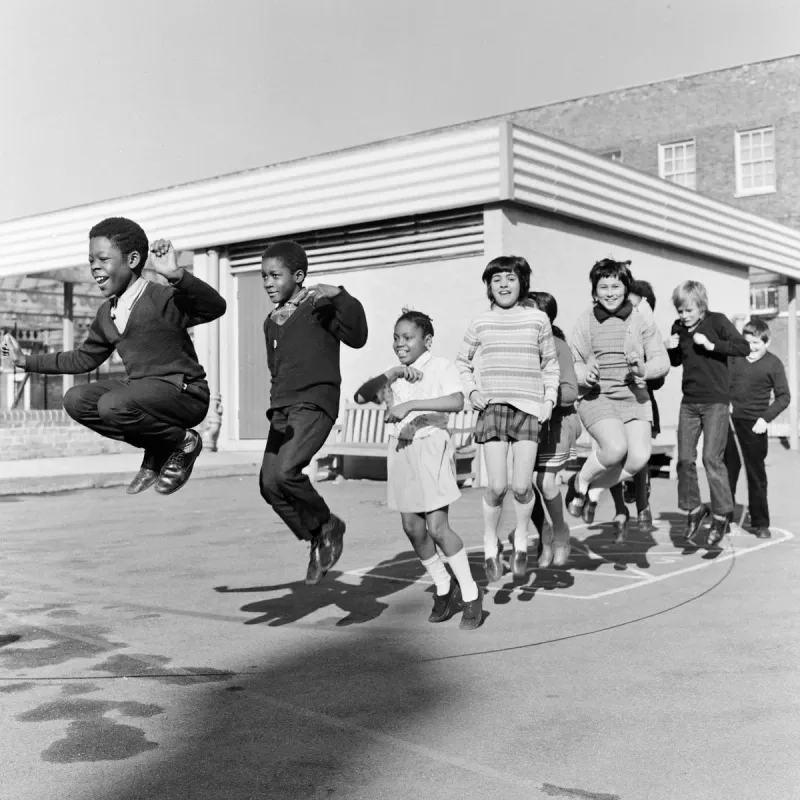
Safety during recess was paramount, leading to peculiar rules and games. Dodgeball and tag were standard fare, but safety discussions often overshadowed playtime.
Teachers kept a keen eye on students, ensuring playground antics remained within safe boundaries.
These lessons, while necessary, sometimes drained the fun out of recess, leaving students yearning for unrestricted play.
12. Home Economics for All
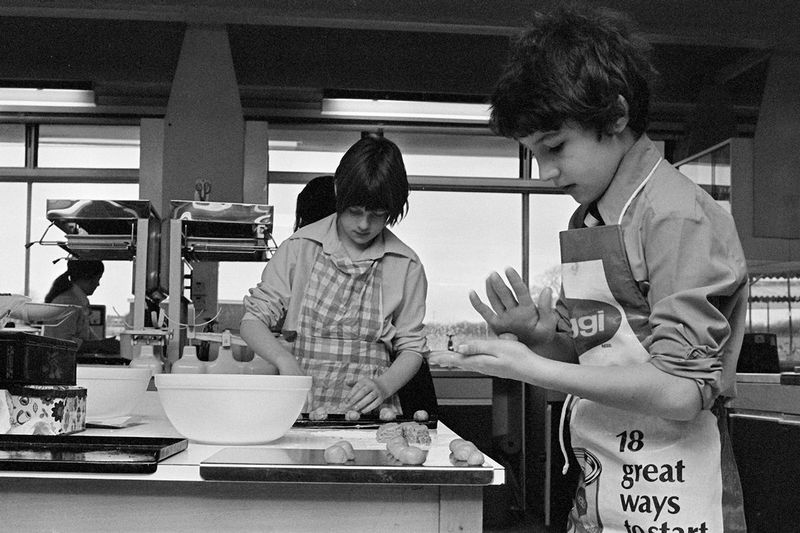
Home economics classes taught students practical life skills such as cooking, sewing, and budgeting.
With a focus on preparing students for future domestic responsibilities, these classes were inclusive, welcoming all genders to participate.
The lessons provided a valuable foundation, though some of the methods and materials now seem outdated, reflecting the era’s domestic ideals.
13. Penmanship Perfection
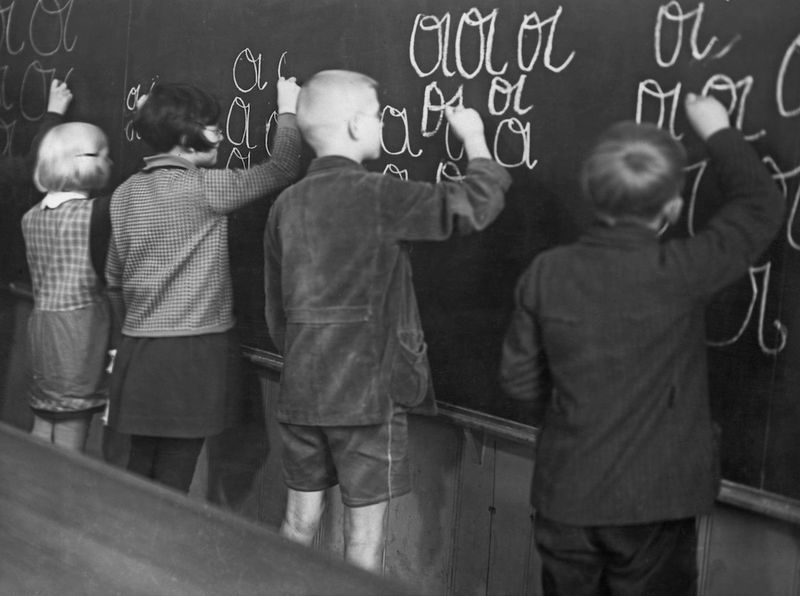
Handwriting was an art form, and students were tasked with perfecting their penmanship.
Teachers emphasized uniformity and elegance in each stroke, aiming for perfection. This focus on handwriting was believed to enhance discipline and attention to detail.
Though the emphasis has shifted with digital technology, the lessons in penmanship remain a nostalgic reminder of bygone educational priorities.
